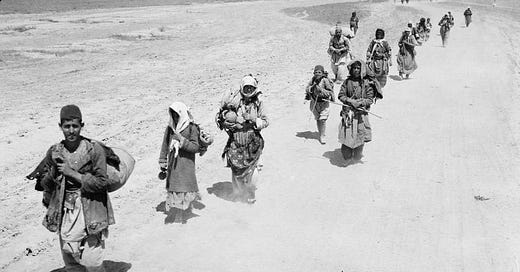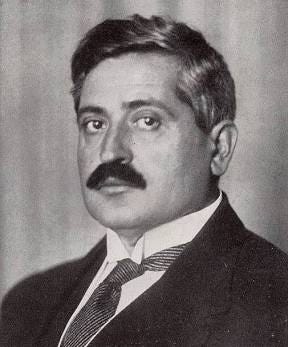Historical Context
In the early 20th century, the Ottoman Empire was in political and territorial decline. Internally, the government was dominated by the nationalist "Young Turks" movement—specifically the Committee of Union and Progress (CUP). Fearing the collapse of their multi-ethnic empire and viewing Christian Armenians as potential collaborators with Russia during World War I, the CUP leadership developed and executed a plan to remove the Armenian population from Anatolia through mass deportation and extermination.
While anti-Armenian violence had occurred for decades—including the Hamidian Massacres (1894–1896) and the Adana Massacre (1909)—April 24, 1915 marked a turning point. It was not a spontaneous outbreak of violence, but the first organized step in a genocidal campaign.
The Events of April 24, 1915
1. Targeted Arrest of Armenian Intellectuals and Leaders in Constantinople
On the night of April 24, and into the early morning hours of April 25, approximately 235 to 270 Armenian community leaders, intellectuals, writers, editors, teachers, clergymen, and politicians were arrested in Constantinople (modern-day Istanbul). These individuals were handpicked from a list prepared by the Ottoman Ministry of the Interior under the direction of Talaat Pasha, one of the chief architects of the genocide.
Notable figures arrested that night included:
Krikor Zohrab – a prominent writer, lawyer, and member of the Ottoman parliament.
Daniel Varoujan – a renowned poet and literary figure.
Rupen Zartarian – a writer and educator.
Komitas Vartabed – a famous musicologist and priest (though he survived, he was deeply traumatized).
The arrested individuals were initially imprisoned at Mezireh (now Elazığ) and Çankırı, inland locations in Anatolia. Most were later killed without trial. Their arrests marked the decapitation of the Armenian cultural and political leadership.
2. Censorship and Silencing of Armenian Institutions
In tandem with the arrests, Armenian newspapers were shut down, schools were closed, and church officials were surveilled. The Ottoman authorities sought to suppress any avenue of communication or coordination among Armenians. Religious and educational institutions—pillars of community life—were paralyzed.
3. Implementation of Pre-Planned Deportation Orders
Though the mass deportations would begin in full over the following weeks, April 24 marks the moment the state moved from repression to premeditated extermination. Deportation orders were quietly issued to provincial authorities. These orders, while cloaked in legalistic language about "relocation for military reasons," were in fact a cover for mass killings, starvation, and death marches—especially across the Syrian desert.
4. Propaganda and Justification
The Ottoman government began spreading anti-Armenian propaganda, accusing Armenians of treason and insurgency. Fabricated reports of Armenian uprisings were disseminated to justify the arrests and the coming deportations. This manipulation of public perception laid the groundwork for popular support or passive acquiescence to the state’s violent actions.
5. Military Seizures and Weapon Confiscations
Ottoman officials used the pretext of security to begin confiscating weapons from Armenian communities. Villages were searched, and males of military age were conscripted into forced labor battalions, where they were eventually murdered. This tactic was meant to disarm the population and eliminate the possibility of resistance.
Aftermath and Legacy
The events of April 24, 1915, catalyzed a genocidal campaign that lasted through 1923. Over the following months:
Hundreds of thousands of Armenians were deported, primarily toward the Syrian desert.
Countless others were massacred, starved, or subjected to torture and rape.
Women and children were forcibly converted or absorbed into Turkish, Kurdish, and Arab households.
Entire villages were emptied, churches and schools destroyed, and a civilization uprooted.
By the end of the genocide, an estimated 1.5 million Armenians had perished, and the ancient Armenian presence in Anatolia was nearly erased.
April 24, 1915 stands as a symbol of calculated destruction. It is the day when genocide became official policy—when a government moved to eliminate an entire people by beginning with its brightest minds. For Armenians, this date represents both the loss of a world and the beginning of a new chapter in diasporic survival, remembrance, and identity. Today, it is commemorated annually around the globe as Armenian Genocide Remembrance Day.







